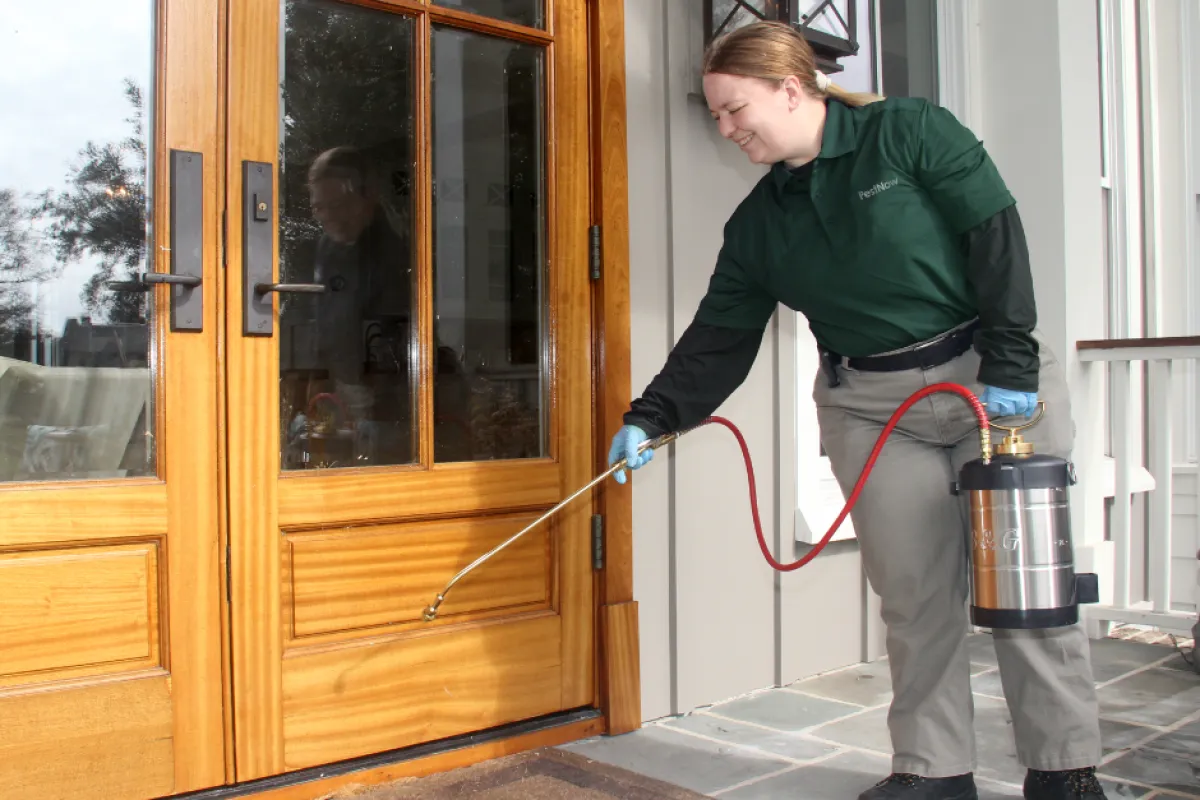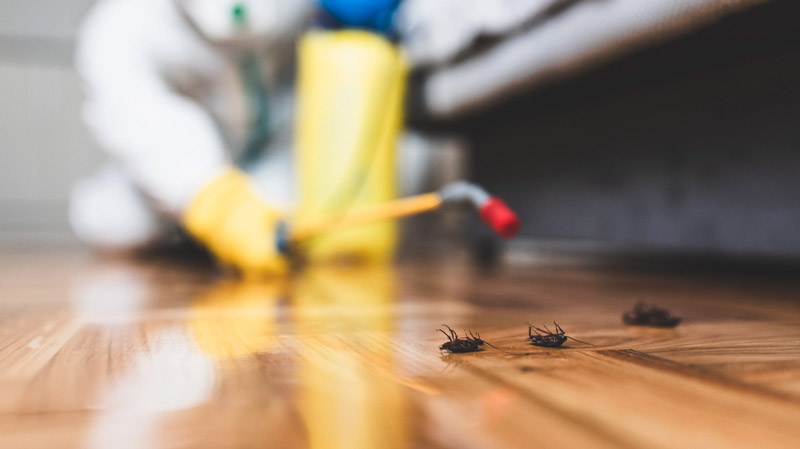Guaranteed Pest Control for a safer living space.
Guaranteed Pest Control for a safer living space.
Blog Article
Eco-Friendly Insect Control Approaches for Managing Wildlife in Urban Locations
Urban areas commonly find themselves at the intersection of human task and wild animals, leading to unique difficulties in parasite monitoring. These techniques not only shield the atmosphere however likewise boost neighborhood engagement in wildlife monitoring. As metropolitan populations continue to grow, understanding the characteristics of wild animals interactions becomes significantly essential.
Understanding Urban Wild Animals Dynamics
Understanding Urban Wild animals Dynamics is essential for developing effective and eco-friendly insect control methods. Urban areas are significantly ending up being habitats for different wild animals varieties, driven by elements such as environment fragmentation, food accessibility, and human advancement. Acknowledging these characteristics permits a nuanced technique to pest management that lines up with ecological principles.
Urban wild animals typically includes types such as raccoons, squirrels, and birds, which adapt to city atmospheres, locating specific niches in environment-friendly spaces, parks, and even houses. Their visibility can result in problems with humans, especially when they manipulate personnels for food and sanctuary. Understanding the habits and eco-friendly roles of these types notifies methods that lessen negative communications while promoting biodiversity.
Furthermore, recognizing the interdependencies within urban ecological communities helps in determining important locations for habitat preservation and restoration. This knowledge adds to the advancement of incorporated parasite administration (IPM) strategies that consider the ecological balance, thus minimizing dependence on dangerous chemicals. By fostering conjunction in between human beings and urban wildlife, cities can produce much healthier settings that profit both residents and local ecological communities, paving the way for sustainable urban living.
Natural Repellents and Deterrents
Natural repellents and deterrents offer a sustainable option to traditional insect control techniques by taking advantage of the power of nature to keep unwanted varieties away. These eco-friendly solutions generally utilize plant-based ingredients, essential oils, and other naturally taking place materials that prevent insects without harming the environment.
One effective natural repellent is peppermint oil, which is recognized to push back rodents and insects. Its solid aroma is unpleasant to lots of parasites, making it a popular selection for urban settings. In a similar way, vinegar and citrus peels can work as deterrents, as their solid smells are generally unattractive to various wild animals.
Additionally, diatomaceous planet is a natural powder that can be spread out in areas prone to parasite activity, effectively drying out and discouraging pests without presenting risks to non-target species. Garlic sprays and neem oil are identified for their ability to drive away a wide range of bugs, including both bugs and bigger wildlife.
Executing these all-natural repellents not only decreases dependence on chemical pesticides however also promotes a much healthier city environment, fostering a much more well balanced conjunction between people and wildlife. By using these strategies, urban areas can properly manage pest populaces while decreasing environmental influence.
Environment Modification Methods
Reliable environment modification techniques play a crucial role in sustainable bug monitoring by altering the atmosphere to make it much less for pest problems. By understanding the ecological dynamics of city areas, building proprietors can apply strategic modifications that deter insects while promoting biodiversity.
(Ant Control)One main strategy entails maintaining appropriate hygiene. This consists of normal waste removal, protecting trash can, and eliminating standing water to decrease breeding websites for pests and rats. Additionally, landscaping methods such as choosing indigenous plants can enhance environmental equilibrium, giving environments for advantageous organisms while lessening sources for pests.
Another essential technique is to seal entry points in buildings. Inspecting and repairing splits in foundations, wall surfaces, and home windows can substantially minimize bug gain access to. Moreover, producing physical obstacles, such as fencings or plant barriers, can prevent wildlife movement right into human-inhabited areas.
Integrated Insect Monitoring Practices
Building upon habitat alteration methods, integrated pest monitoring (IPM) methods provide an all natural technique to controlling parasite populations while lessening environmental effect. IPM integrates numerous methods, consisting of biological, cultural, mechanical, and chemical controls, to accomplish effective bug management.
Organic control involves the intro of natural killers or parasites to reduce insect populations. Cultural practices, such as plant turning and hygiene, interrupt pest life process and diminish their habitats - Pest Control. Mechanical controls, like traps and barriers, provide instant remedy for insect stress without chemical treatment
Chemical controls are used as a last hope, concentrating on targeted applications that restrict harm to non-target types and the setting. The selection of ecologically pleasant pesticides, when required, is essential to the IPM framework. Additionally, keeping track of pest populations and assessing potential damages assists educate decision-making, making sure that treatments are timely and effective.
Neighborhood Involvement and Education And Learning

(Fire Ant Control)Workshops and informative sessions can gear up homeowners with understanding concerning native types, habitat conservation, and efficient safe parasite management techniques. Partnership with colleges, local organizations, and government agencies additionally boosts educational outreach, go to website making sure that crucial information gets to diverse target markets.
Additionally, community-led initiatives, such as community clean-up days and environment repair jobs, not only promote biodiversity yet likewise reinforce community connections. Pest Control. By encouraging locals to share their experiences and observations, neighborhoods can establish targeted techniques that attend to certain regional bug problems
Integrating comments from citizens into insect administration prepares enables a more responsive and flexible strategy to wild animals difficulties. Ultimately, educated and involved neighborhoods are essential to achieving long-term success in environmentally friendly pest control, leading to healthier urban settings that appreciate both human and ecological demands.

Conclusion
To conclude, environment-friendly bug control approaches offer sustainable solutions for handling city wild animals. By prioritizing habitat alteration, using all-natural repellents, and carrying out integrated bug management methods, areas can promote an unified conjunction with regional fauna. Involving homeowners through education boosts recognition and encourages responsible wildlife communications. Inevitably, these techniques not only safeguard biodiversity yet additionally promote ecological health, guaranteeing metropolitan locations continue to be vivid ecosystems where people and wildlife thrive together.
Report this page